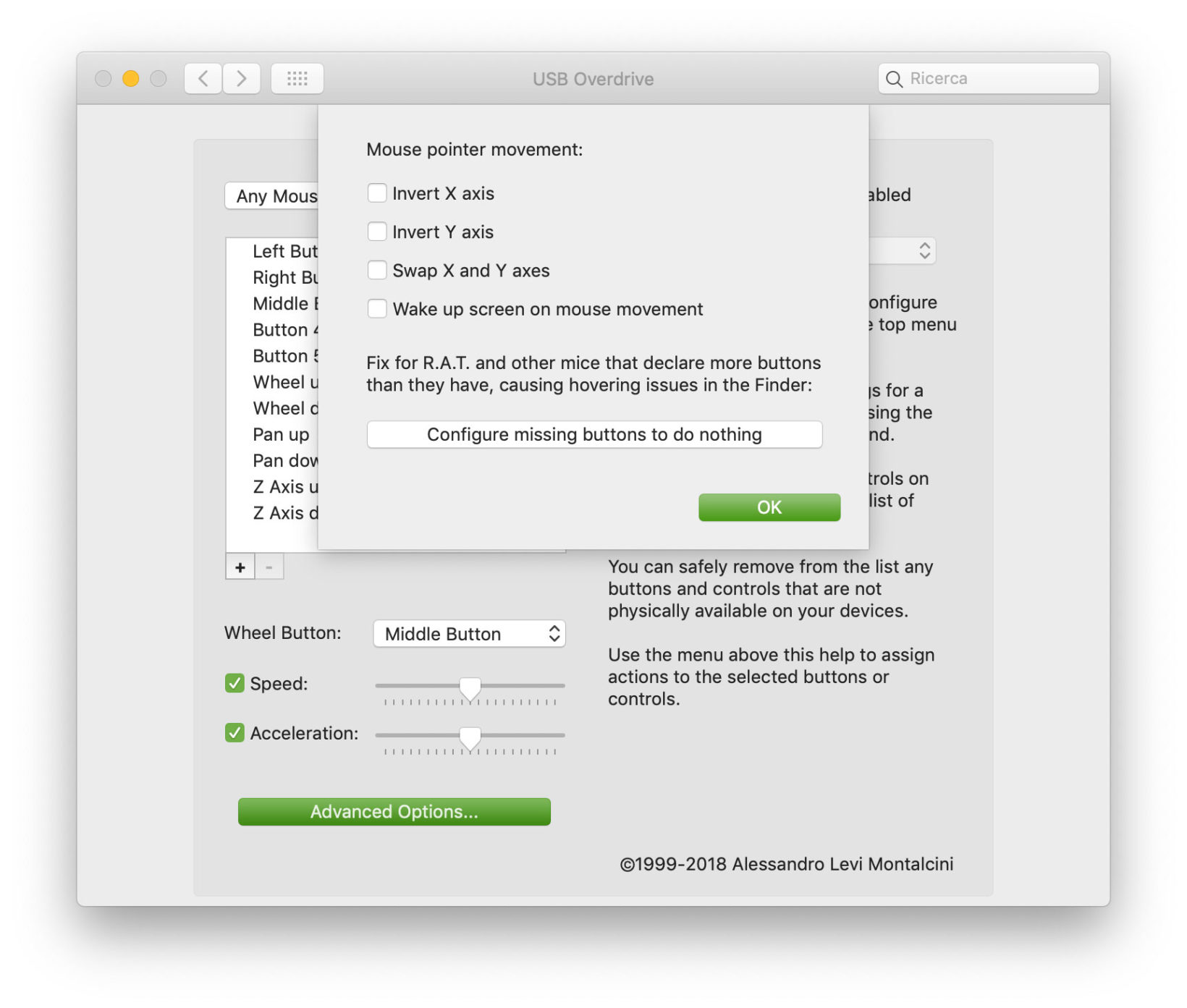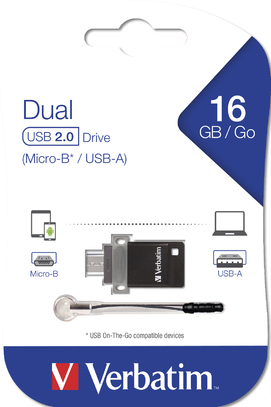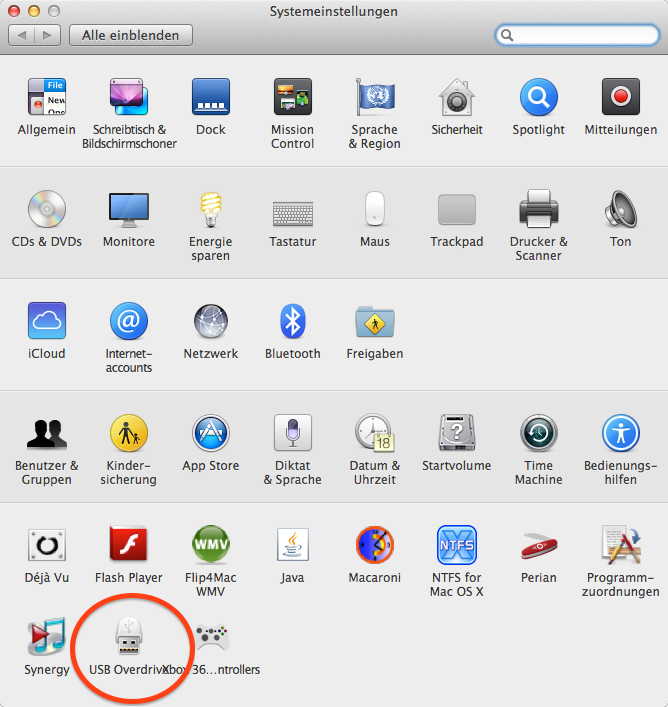

Switched over from peak.read() to rms.read() which leads to nicer numbers for same physics.
#Usb overdrive 3.3 Pc#
Teensy 4.1 with audio shield supplied from and connected to my PC via USB. Inspired by MarkT's insisting for numbers, I did some additional evaluations. So this source of noise would be less than 1 bit for gain=1. We have a range 1.3Vpp at 16bits: 1.98e-5V per bit. Thank you for pointing to AD8656! As explained I do not see the necessity to go for it in this application, but it is always good to learn.Įdit: Perhaps you can help me with this, as I am not feeling secure at this calculation: The low current consumption helps enable the RC filter for supply voltage. At 1.3Vpp it's output range with the input impedance of the audio shield is sufficient to Overdrive these 1.3Vpp. I think, this is the reason, why the relatively high input noise of MCP602 is not a problem here. Actually I use it with Humbucker Pickups at gain=1 together with standard level of the audio shield of 1.3Vpp. If you have a look, at that schematic, then you can see, that the maximum gain of the amplifier is set to about 4. Frequency range for electric Guitar application is 80Hz.7kHz. In this circumstances totally clean will be perhaps <1pc harmonic distortion. Still very nice sounding clean tube amps from Fender ~1960 do not necessarily have negative feedback and therefore use the dynamics of speaker and cabinet to give back the resonance body which was stolen from the Guitar. Low even harmonics will be seen welcome making the tone richer.


In this world clean means, that distortion is not obviously hearable. Obviously you are not a Guitar man? Guitar electronics are a own world often.


 0 kommentar(er)
0 kommentar(er)
